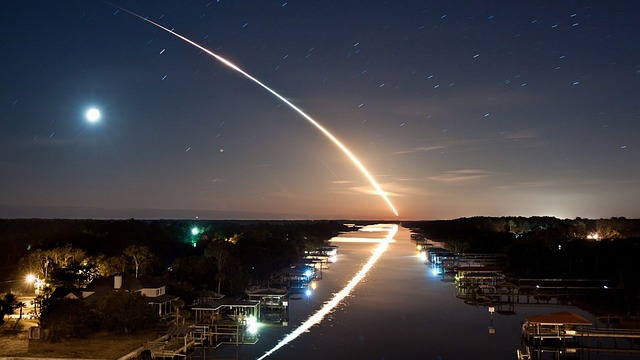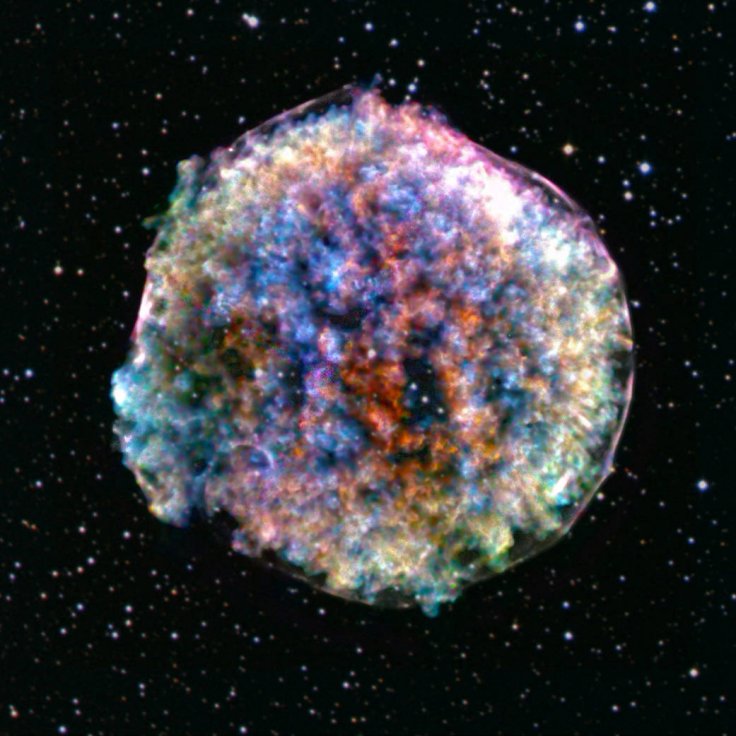A couple of astronomers from Harvard University conducted a new study claiming that Earth could get hit by meteors that are traveling at a fraction of the speed of light. The astronomers said these high-speed meteors could be produced by supernova events.
Earth gets hit by dozens of tiny meteors on a daily basis. Since many of these space rocks are only about 1 millimetre to 10 centemetres wide, they usually disintegrate in Earth's atmosphere.

High-Speed Meteors For Supernova Events
Although these meteors travel at different speeds, most of them hit Earth with an impact velocity less than 17 kilometers per second. However, according to a couple of astronomers from Harvard, it is possible for Earth to get bombarded by high-speed meteors, or those traveling faster than the speed of sound. Some of these meteors could also collide with Earth while traveling at a fraction of the speed of light.
Astronomers Amir Siraj and Abraham Loeb proposed that these high-speed meteors could come from supernova events. According to a study they conducted, supernovae are known to emit ejecta at sub-relativistic speeds due to their powerful explosion.
"Empirical evidence indicates that at least one supernova has rained heavy elements on Earth in the past," Siraj explained to Universe Today. "Supernovae are known to release significant quantities of dust at sub-relativistic speeds. We also see evidence of clumpiness or 'bullets' in supernova ejecta."

Calculating The Speed Of Meteors
If supernova events really could produce ejecta and hurl the debris toward Earth, then the planet could get hit by meteors traveling at incredible velocities. Based on their calculations, the astronomers noted that these meteors could reach speeds of about 1% the speed of light. "Meteors typically travel near 0.01% of the speed of light," Siraj stated. "Meteors from supernovae would travel a hundred times faster (around 1% of the speed light), and so their signals would be significantly different from typical meteors, making them easily missed by current surveys."
Since the average speed of light is measured at about 301,000 kilometers per second, this means the high-speed meteors could hit Earth at a velocity of about 3,000 kilometers per hour, which is equivalent to about 6.7 million miles per hour.









